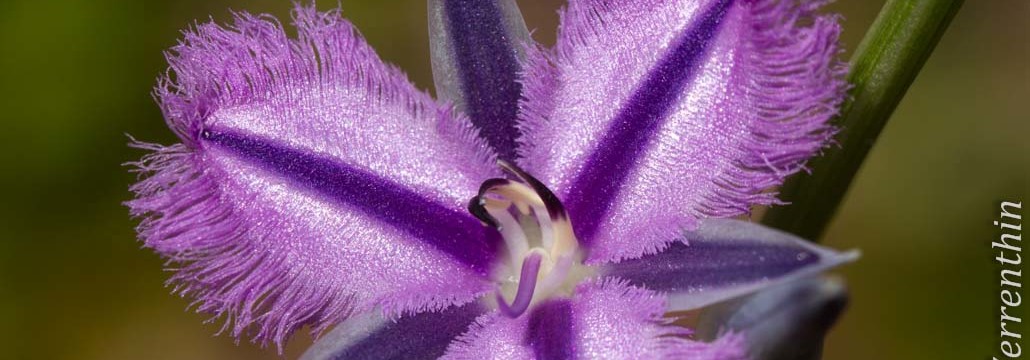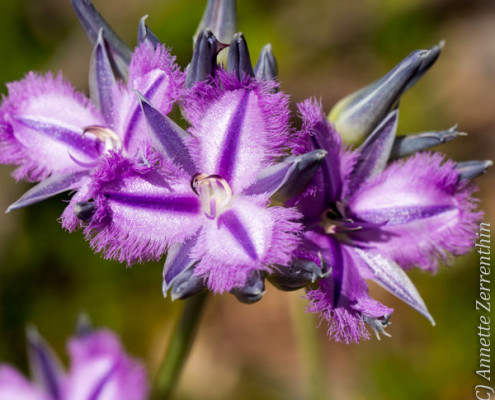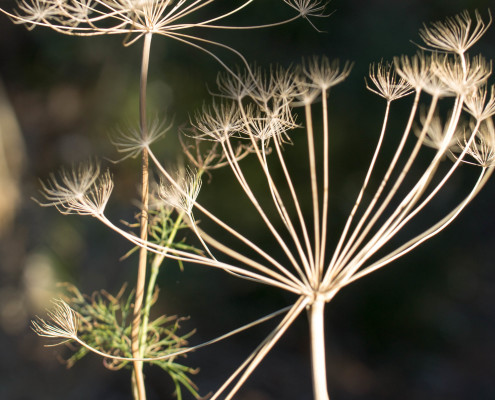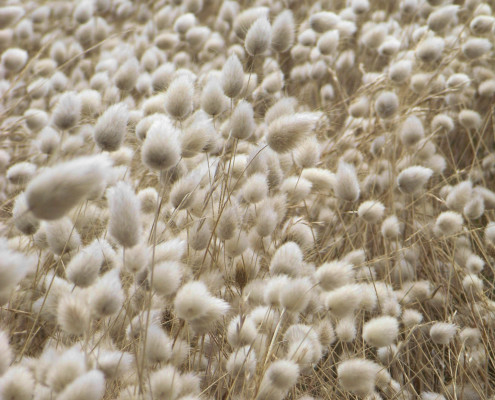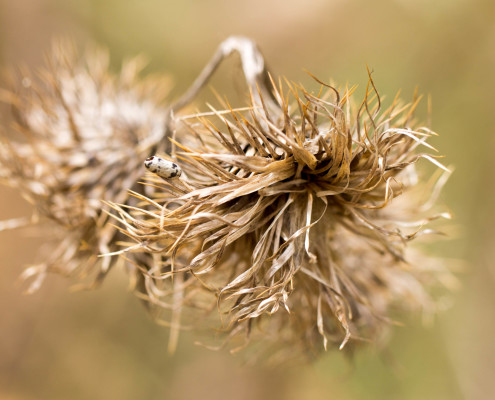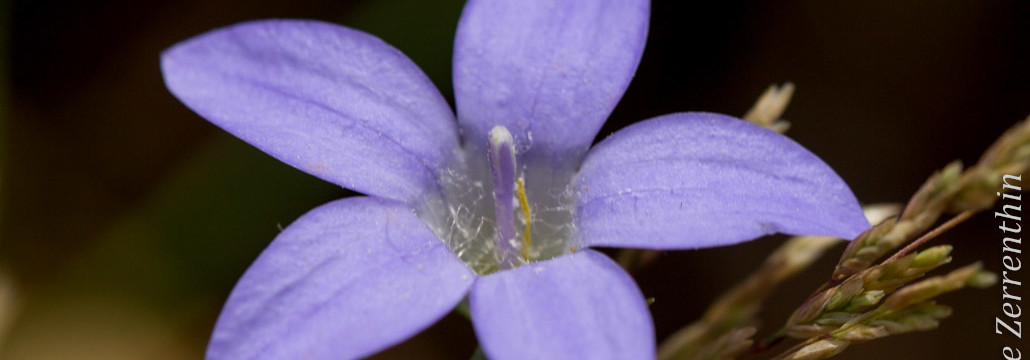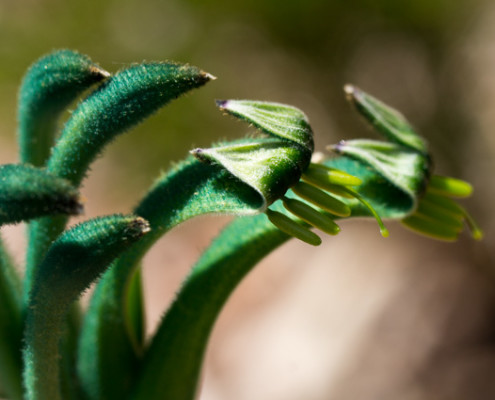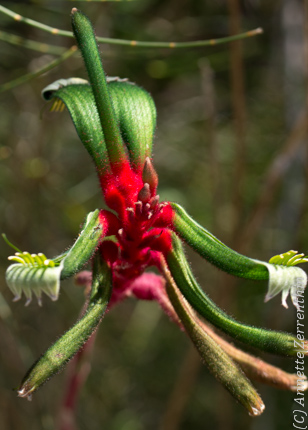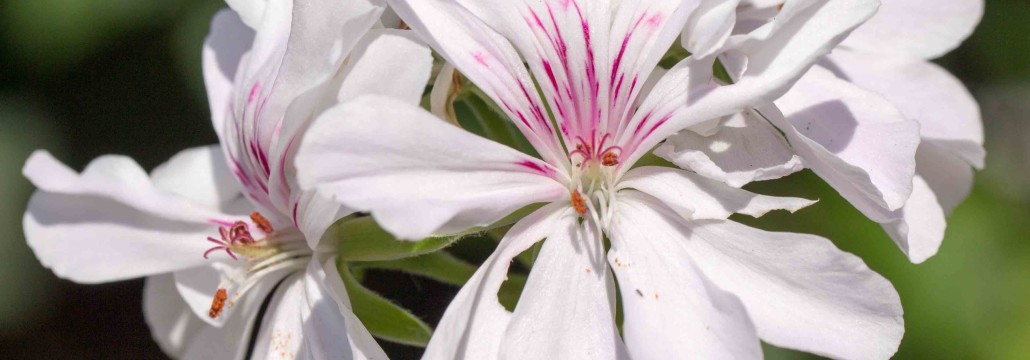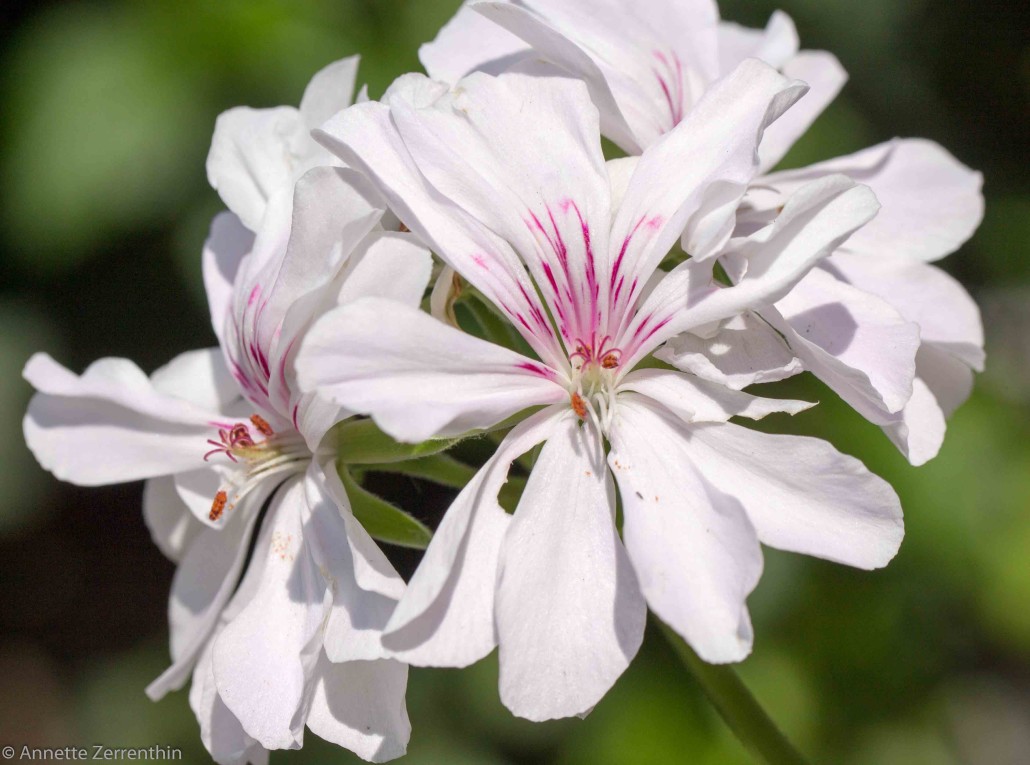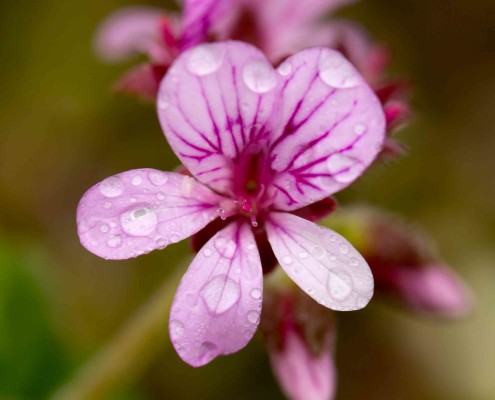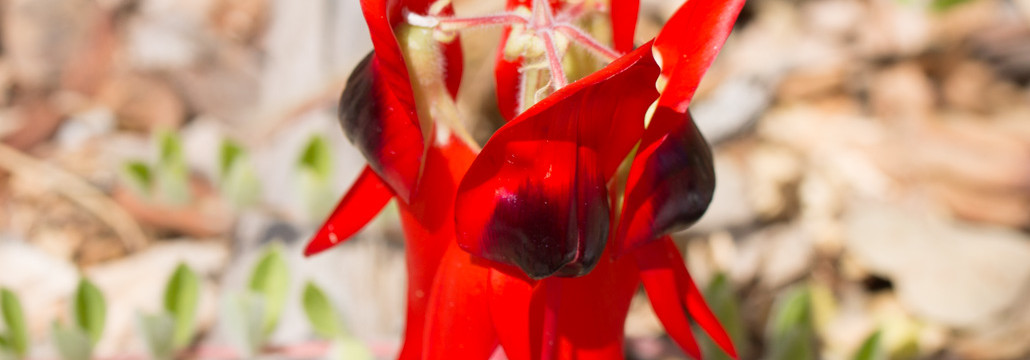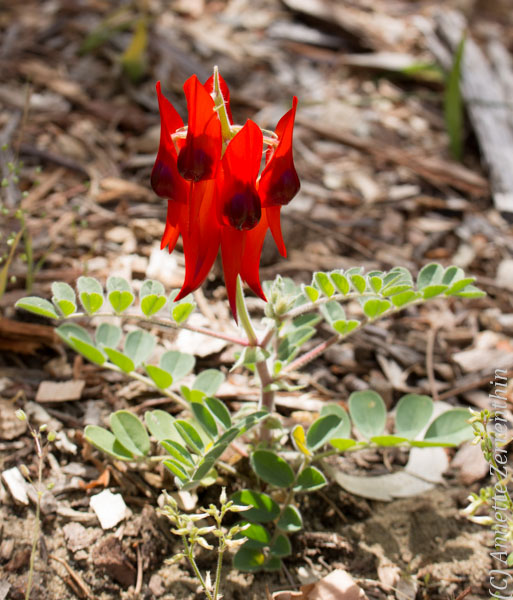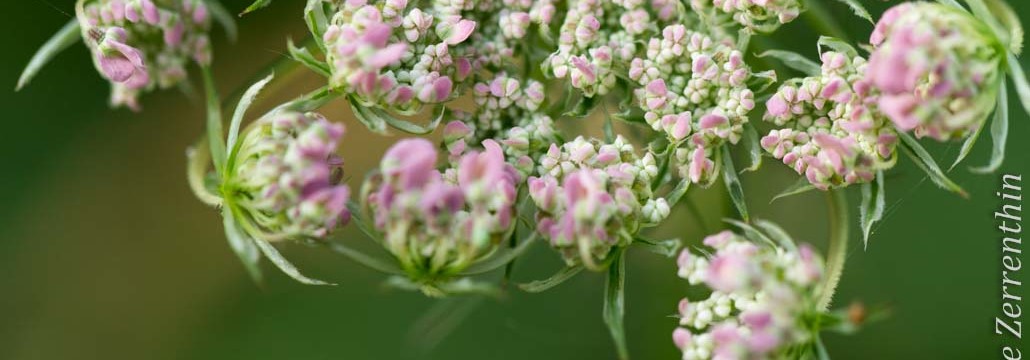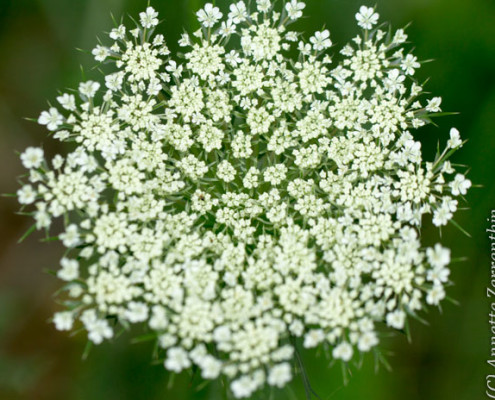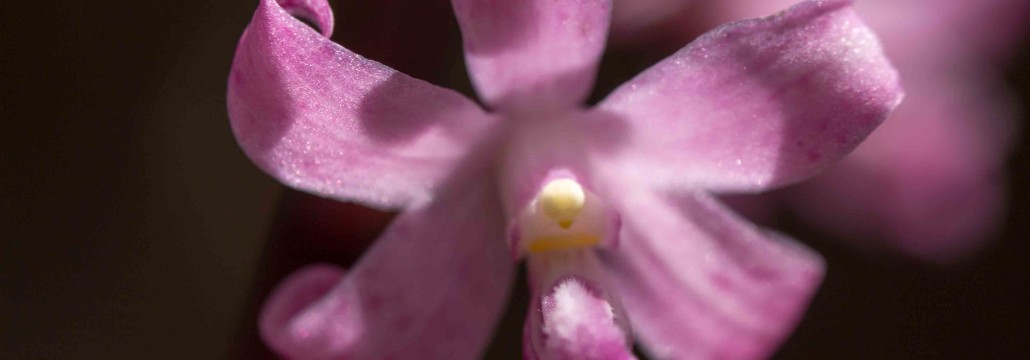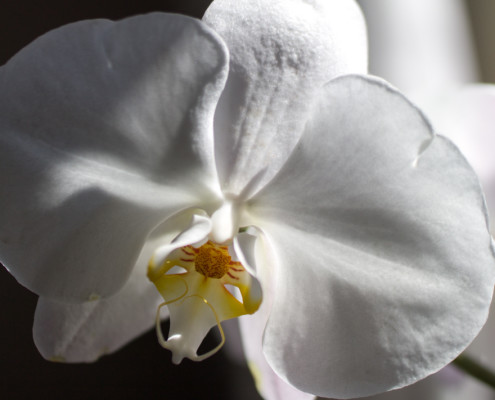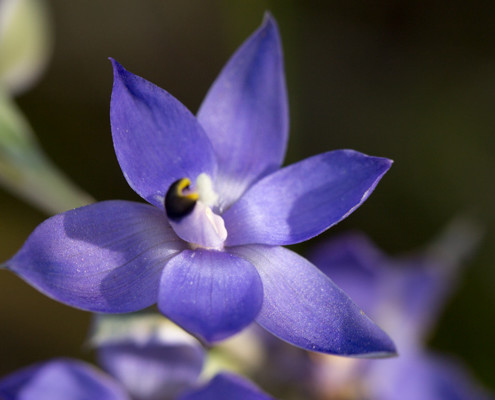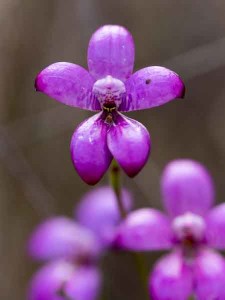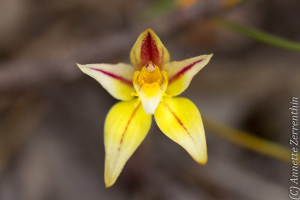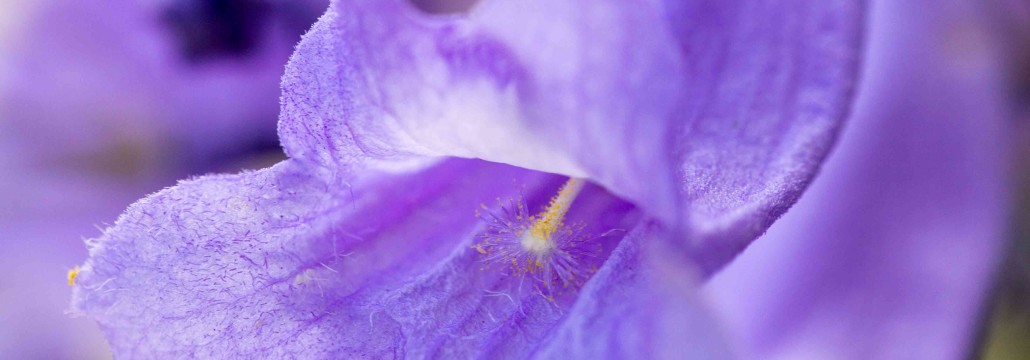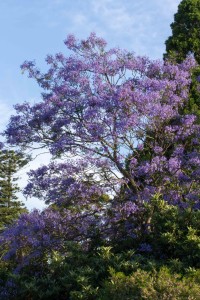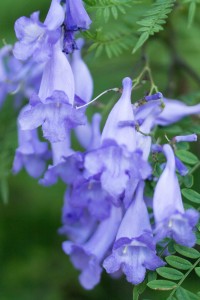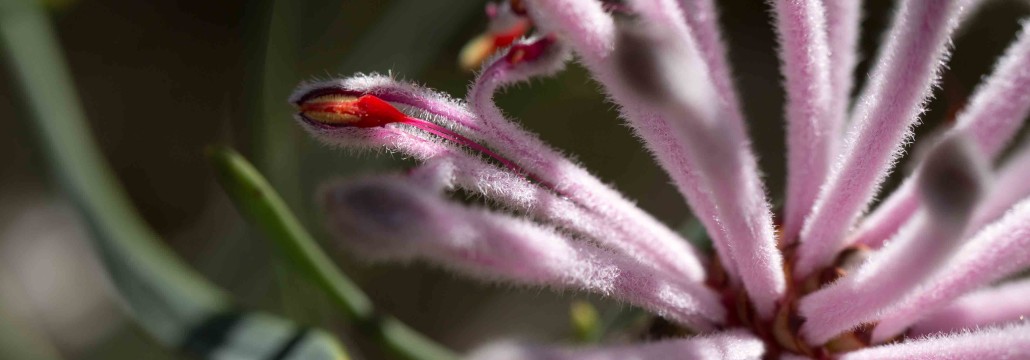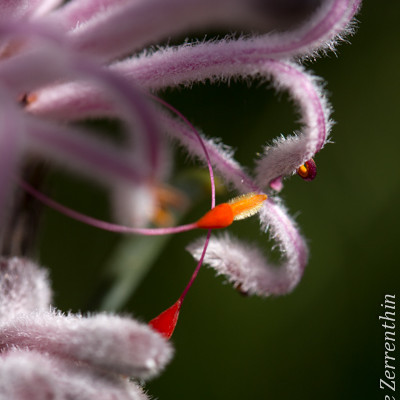Fringed Violet – Protection
“I think it pisses God off if you walk by the color purple in a field somewhere and don’t notice it.” — Alice Walker, The Color Purple
Well then, here is your chance to make up with God for the times you’ve passed the colour purple in a field and outright ignored it.
You may find this purple beauty in all states of Australia but don’t look for it in Tasmania. It’s botanical name Thysanotus comes from the Greek thysanotos, meaning ‘fringed’. Thysanotus from the Asparagaceae family is a genus of 47 species that are endemic to Australia. It is a perennial herb with flowers characterised by fringed margined petals. Flowering occurs in Spring and early Summer with each flower opening for a single day only. The delicate flowers close in the dark, when it rains or overcast.
One of the family members is Thysanotus tuberosus, the Common Fringed Lily also known as Fringed Violet. The Australian Bush Flower Essence has Fringed Violet in its range of flower essences.
Fringed Violet heals the aura that has been damaged by shock or trauma caused by accidents, major illness or loss of a loved one. If you ever have had the unfortunate experience of your house being burgled you can likely recall having a sense of your space being invaded, feeling vulnerable and unprotected. As our living spaces are an extension of our physical body this feeling of vulnerability may be an indication that the aura, the protective shield around your body, has been impacted from the emotional shock of the event, especially when you’re feeling vulnerable for an extended period of time.
The essence supports us to release shock from the body. ‘Fringed Violet helps to keep intact a person’s protection, thus blocking off unwanted external energies. It is excellent for people who are drained by others, or those who unconsciously absorb the physical and emotional imbalances of other people.’ (Ian White, Australian Bush Flower Essences)
The harmonising qualities of this essence are the removal of effects of recent or old distressing events, healing damage to the aura and psychic protection. For psychic protection you can combine Fringed Violet with Grey Spider Flower.
For these qualities Fringed Violet is part of a number of the ABFE combination essences – Emergency, Electro, Meditation, Sexuality, Space Clearing and Travel.
In addition to using flower essences there are other ways to cleanse and strenghten the aura, such as spending time in nature (… and don’t forget to rejoice in the magnificence when walking past the colour purple).
© 2013. Annette Zerrenthin
References: Ian White. Australian Bush Flower Essences. Bantam Books, 1991. Ian White. Bush Flower Healing. Bantam Books, 1999. Ian White. Australian Flower Remedies. Bush Biotherapies Pty Ltd, 2006.

